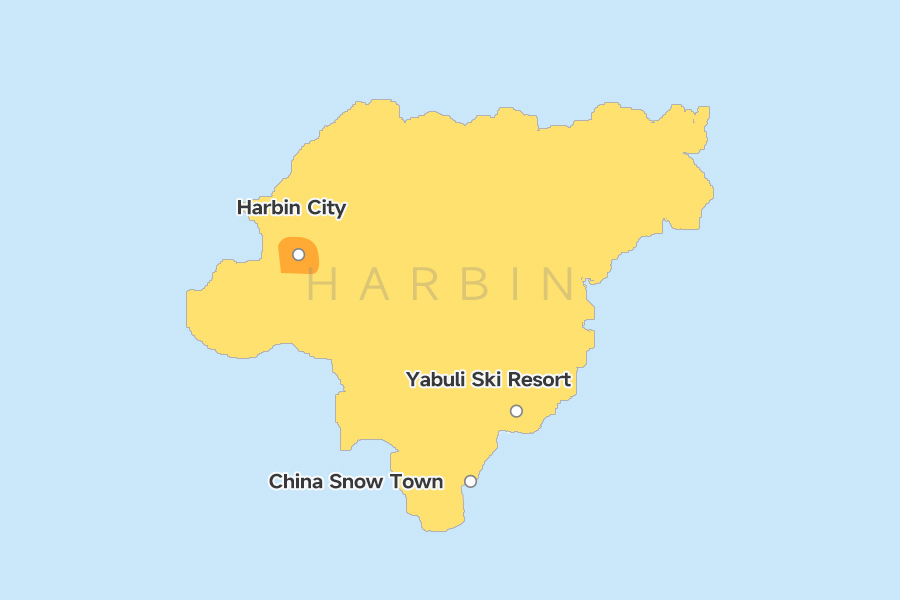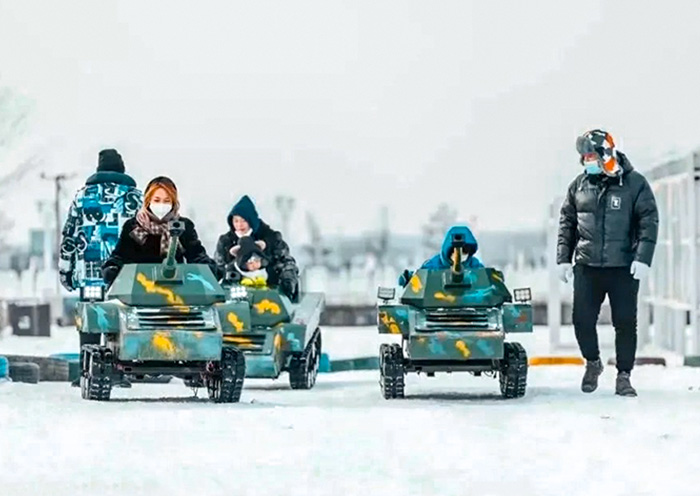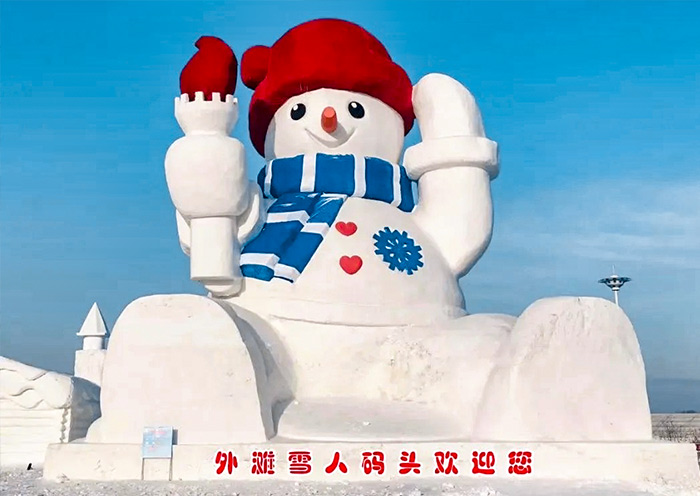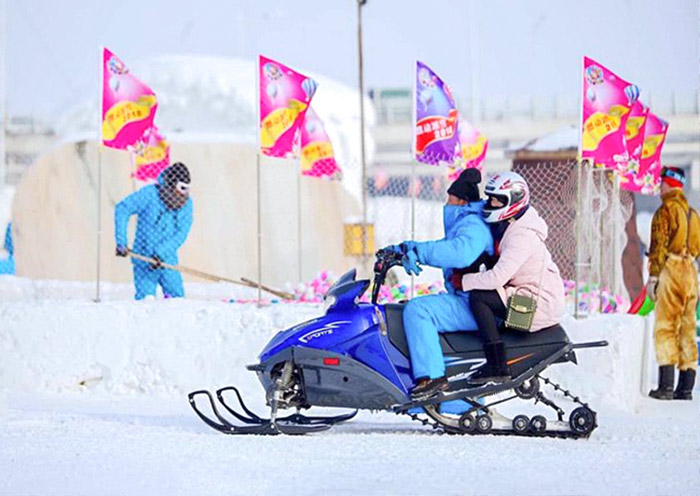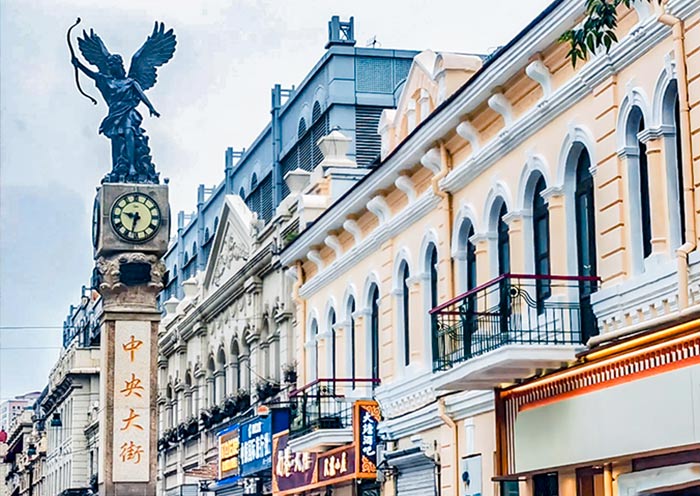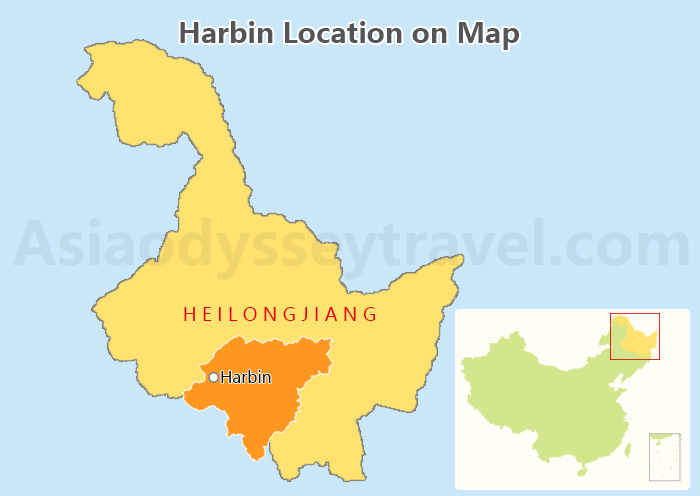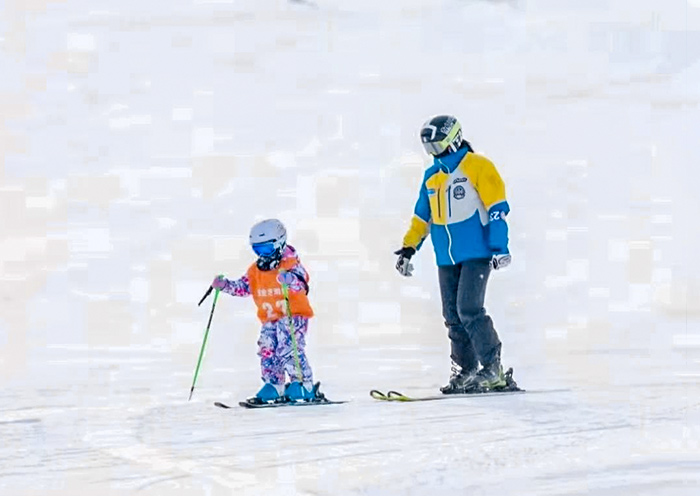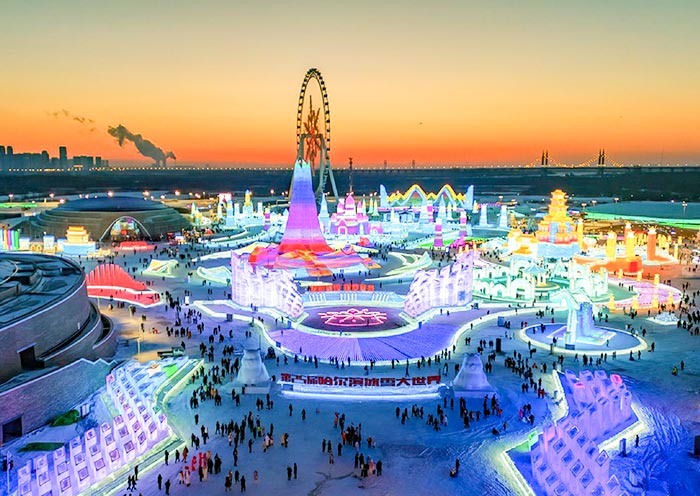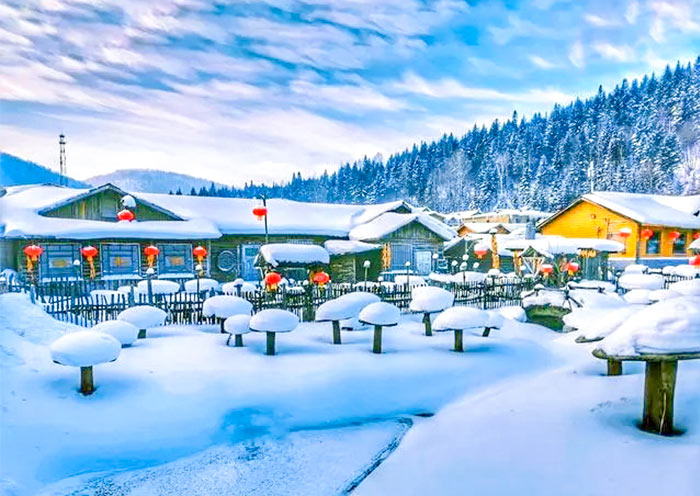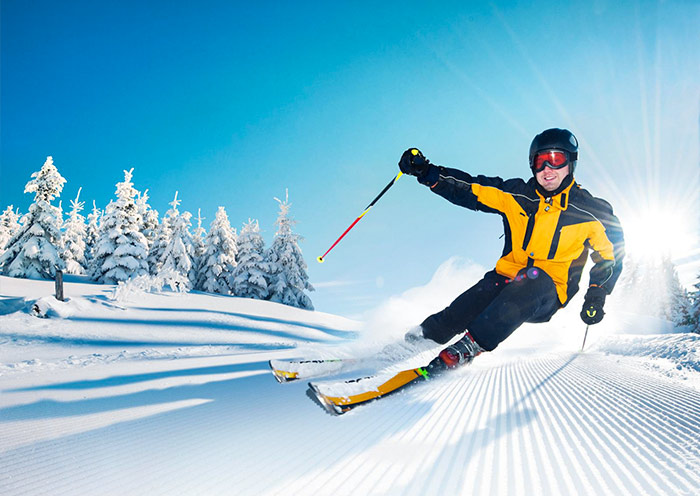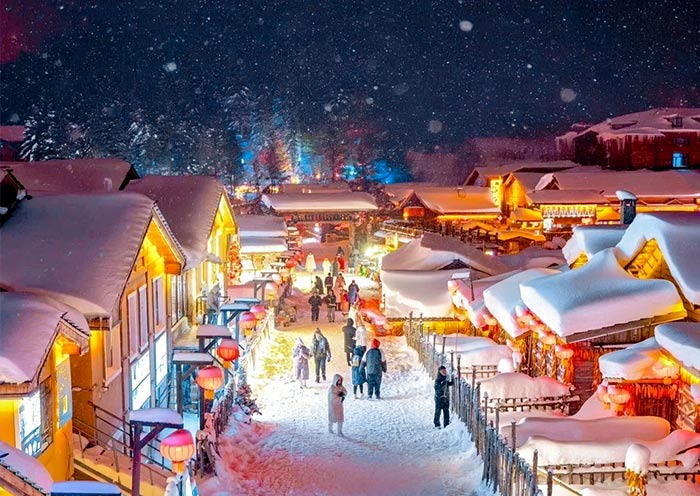Where is the Harbin Ice Festival: A Map of the Festival Area
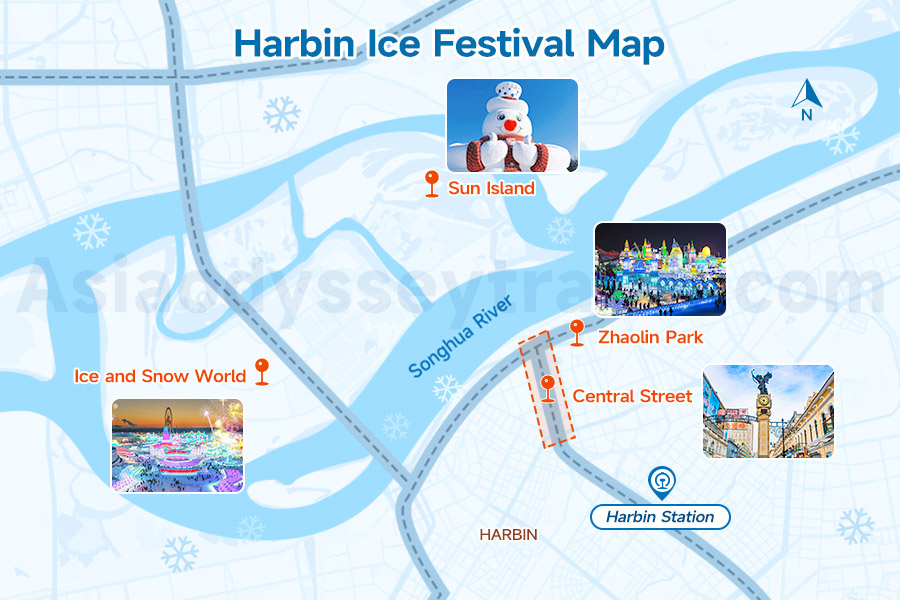
First things first, the Harbin Ice Festival isn’t in one single location. It’s spread out across the city, with three main venues and many smaller free attractions scattered around.
The festival takes place on both sides of the frozen Songhua River, which cuts through the middle of Harbin.
- North Side of the River: This is home to the two biggest ticketed venues: the massive Harbin Ice and Snow World and the beautiful Sun Island snow sculpture park.
- South Side of the River: This is the main city center area. Here you’ll find Zhaolin Park and the famous Central Street, where many of the best free ice sculptures are located.
Understanding this simple layout makes planning your days much easier. You can spend one day exploring the north side and another exploring the city center on the south side.
18 Best Things to Do in Harbin: From Ice Festivals to Summer Secrets
When to Go: Picking the Perfect Time for Your Visit in 2026
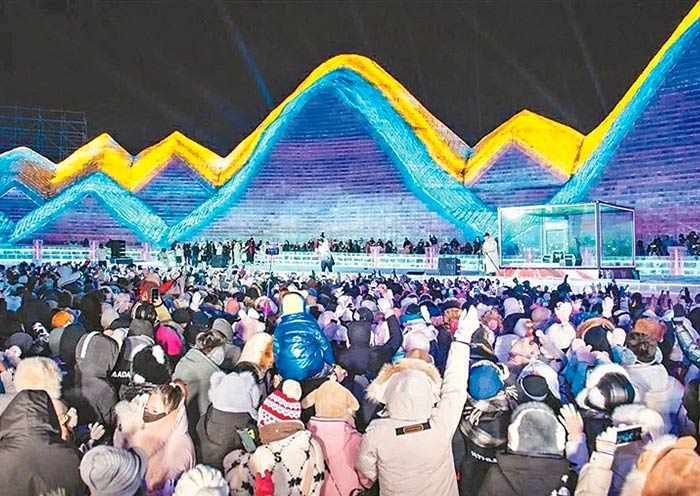
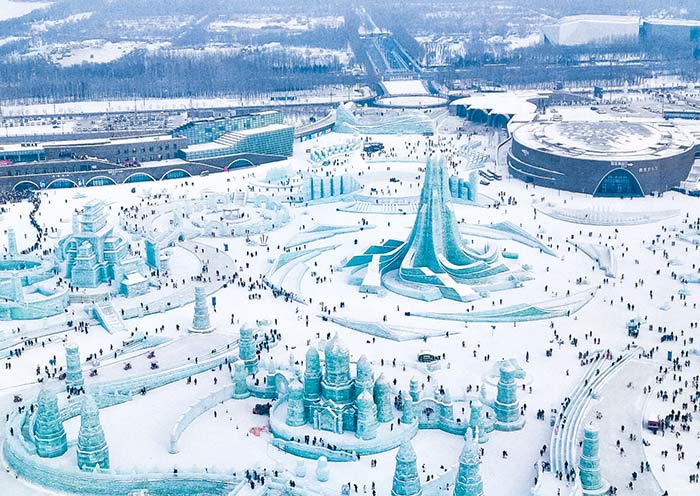
The Harbin Ice and Snow Festival usually lasts for about two months. It begins in late December and runs until the end of February.
Official 2026 Festival Dates: January 5 - February 28, 2026 (Expected)
The exact start date in December depends on the weather. It needs to be cold enough for the artists to finish carving the ice and snow sculptures. Usually, the snow sculptures on Sun Island are the first to be completed.
The best time to see the ice sculptures is in early January. Everything is fresh, crisp, and perfect then. By late February, some sculptures may start to show wear from the weather.
The festival's official opening ceremony is held on January 5th every year.
The festival officially kicks off on January 5th with a huge opening ceremony and fireworks. This is when every single sculpture is guaranteed to be finished, all the lights are on, and all the activities are running.
Soft Opening: December 18-25, 2025
The biggest venue, Harbin Ice and Snow World, often has a "soft opening" before Christmas, usually around December 20th to 25th. During this time, most of the main ice buildings are complete and lit up at night.
You can explore the park with far fewer people, and sometimes the ticket prices are even a little lower. The only downside is that a few smaller sculptures might still be under construction.
Mid-January to February is Perfect for Avoiding Crowds
The busiest time to visit the festival is during the first two weeks of January and during the Chinese New Year holiday (the date changes each year, Chinese New Year in 2026 will be on Tuesday, February 17, 2026).
If you want to find the perfect balance of seeing everything while dealing with fewer people, plan your trip for mid-to-late January, after the opening rush and before the holiday crowds arrive.
Best Time to Visit Harbin: Snowy Winter & Pleasant Summer
The 3 Must-Visit Spots & Harbin Ice Festival Activities to Enjoy
Harbin Ice and Snow World: The Jaw-Dropping Kingdom of Ice
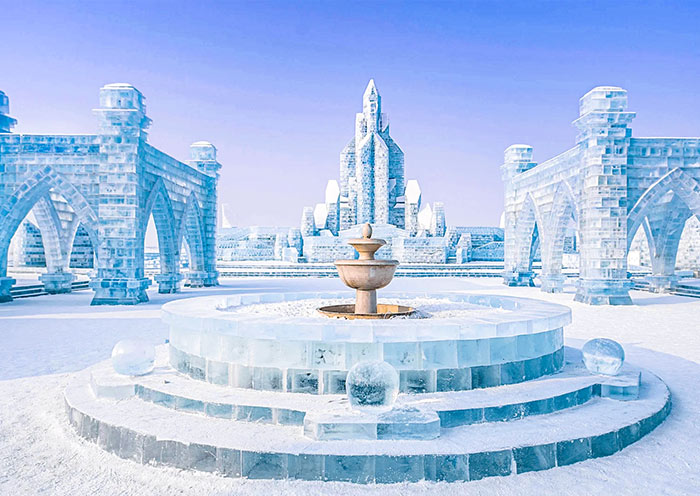
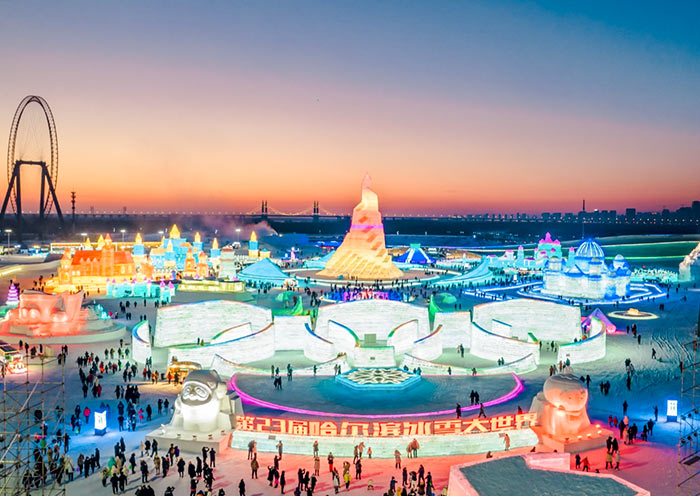
This is the main event. It’s a temporary city holding the Guinness World Record for the largest ice park on earth. Each year, it’s completely rebuilt with a new theme from over 110,000 cubic meters of ice.
This place is huge, so a simple plan makes all the difference.
Arrive at 3:30 PM: This is the golden rule. You’ll see the intricate details of the ice in the daylight, watch the sunset, and then witness the magic as the entire park lights up. Plan for 3-4 hours.
Prioritize the Fun & Activities: Your first priority is The Super Ice Slide, the park's star attraction. We recommend running towards the 24-lane slide as you enter the park.
Try Ice Sports: You can try fun ice sports like ice cycling, ice bumper cars, or go ice skating on one of the rinks.
Harbin Ice Show: Don't miss the Harbin Ice Show, a spectacular, world-class ice acrobatics performance.
Magical Night Scenery: The lights switch on around 4:30 PM, transforming the park into a fairytale kingdom that looks completely different from the daytime.
Food and Warmth: If you get cold, head to a warming house or the Food Hall. You can recharge with options like hot pot, barbecue, and spicy noodle soup.
Sun Island: A Daytime Wonderland of Giant Snow Sculptures
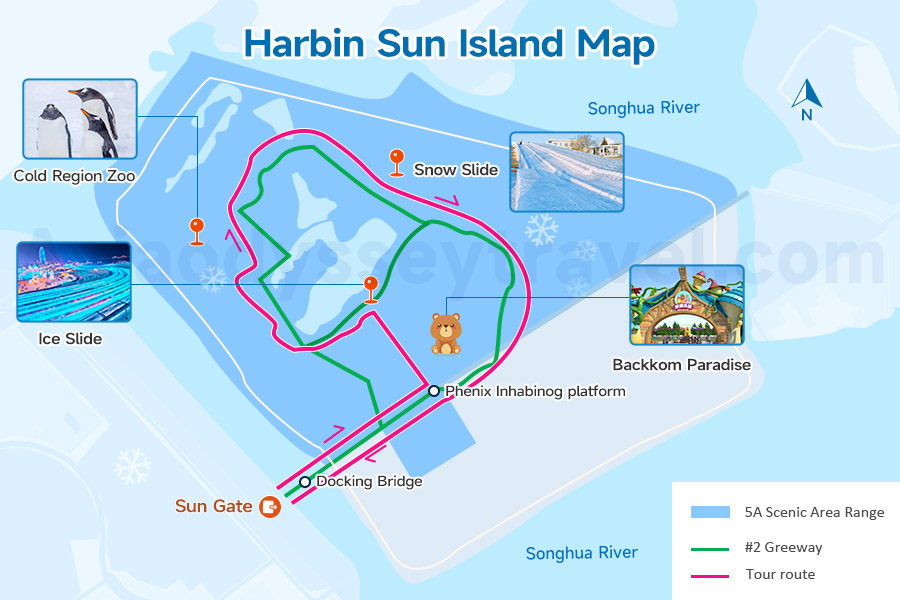
If Ice and Snow World is a kingdom of ice, Sun Island is an art gallery of snow. This simple guide will help you quickly discover the best of Sun Island.
| Feature | Key Highlights |
|---|---|
| Core Attraction | World-class snow art, featuring giant sculptures and detailed competition pieces. |
| Must-See Sights | The main sculpture, five themed scenic areas, and the giant snowman "Xue Bao." |
| Must-Do Fun | Free winter activities (snow slides, ice bikes), a 240-meter long slide, and a zoo. |
| Unique Fun | Live snow sculpture contests, special events, and shows at the Dream Snow Stage. |
| Visiting Time | 3-4 hours, or a half-day if you want to see everything. |
Sun Island is the festival's heart of "snow," a perfect contrast to the "ice" kingdom of the Ice and Snow World. The park is a massive outdoor gallery for breathtaking snow art.
You can marvel at the giant annual main sculpture, explore themed areas where sculptures tell unique stories, and admire intricate artworks from international competitions.
Besides art, Sun Island is a playground. A single ticket gives you unlimited free access to over ten activities like snow slides and ice biking, offering fantastic value.
You can also experience unique events like the Snow-Splashing Festival, watch live shows, and visit the charming frigid-zone zoo and its cold-resistant animals.
The FREE Attractions That Are Actually Better
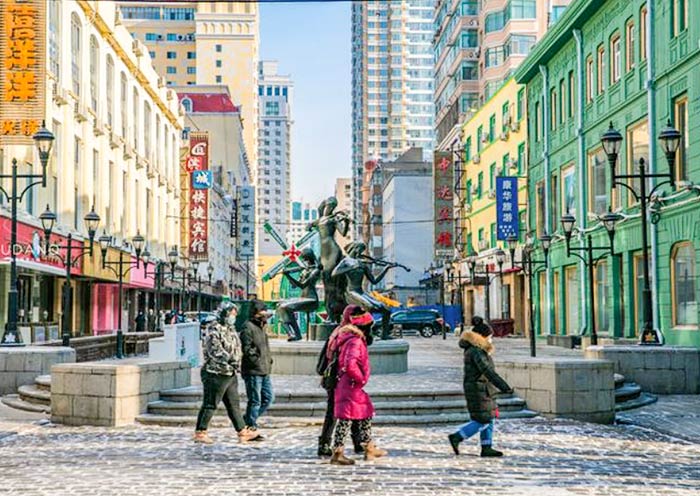
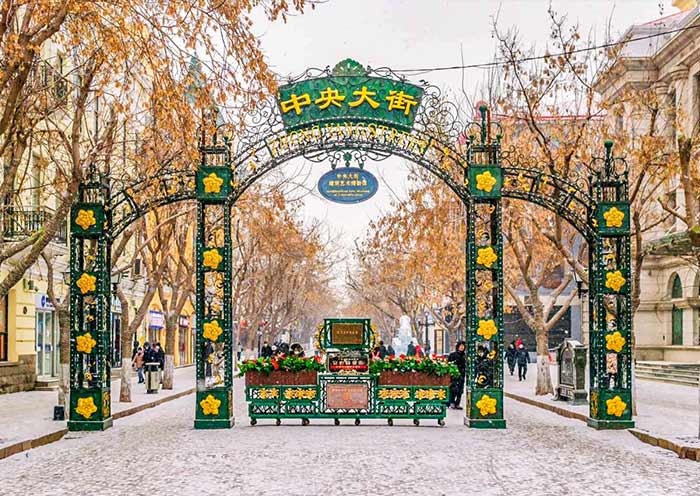
Zhaolin Park costs nothing to enter and often provides more enjoyment than the expensive venues. As the original 1963 festival location, the ice lanterns here follow classical Chinese designs.
Instead of LED lights, many use candles or simple bulbs. The effect is subtler but more romantic. Couples love the intimate atmosphere.
Stalin Park stretches along the frozen river. Every morning, locals gather to watch winter swimmers plunge into holes cut in the ice. These brave souls swim in -30°C weather wearing only swimsuits. It's insane but impressive.
Central Street becomes an outdoor gallery. Ice sculptures line this pedestrian avenue, free to view anytime.
The frozen Songhua River itself offers free entertainment. Locals set up ice skating areas, sledding slopes, and even ice bicycle rentals. Join a pickup ice hockey game or try ice fishing with borrowed equipment.
How Many Days Do I Need for Harbin Ice Festival? (With Itinerary Ideas)
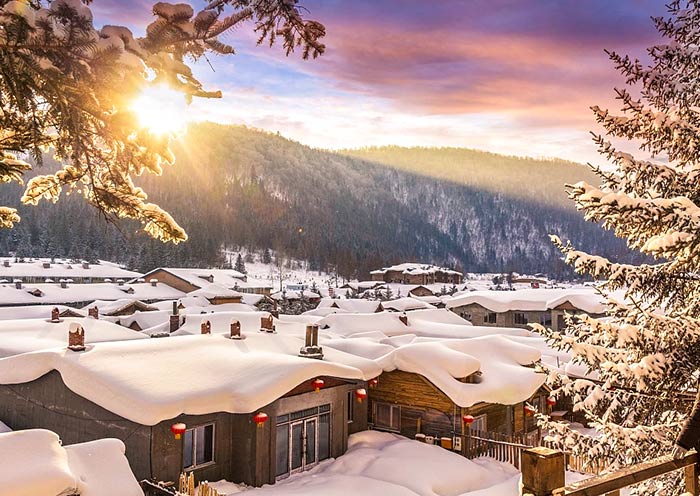
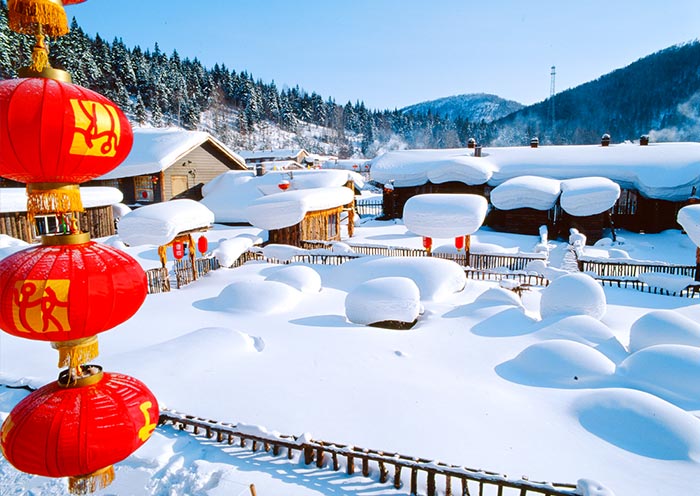
As we've mentioned, it's a good idea to set aside one full day for the festival area on one side of the Songhua River, and another full day to explore the city of Harbin on the other side.
Including your travel time, a three-day trip is a good starting point. If you plan to spend an entire day just at the incredible Ice and Snow World, a four-day trip would be ideal.
For travelers who want to venture beyond Harbin, we highly recommend adding China Snow Town to your list. For a trip like that, you should plan for 5 to 7 days.
Itinerary 1: 3 Days Harbin Ice Festival (Classic)
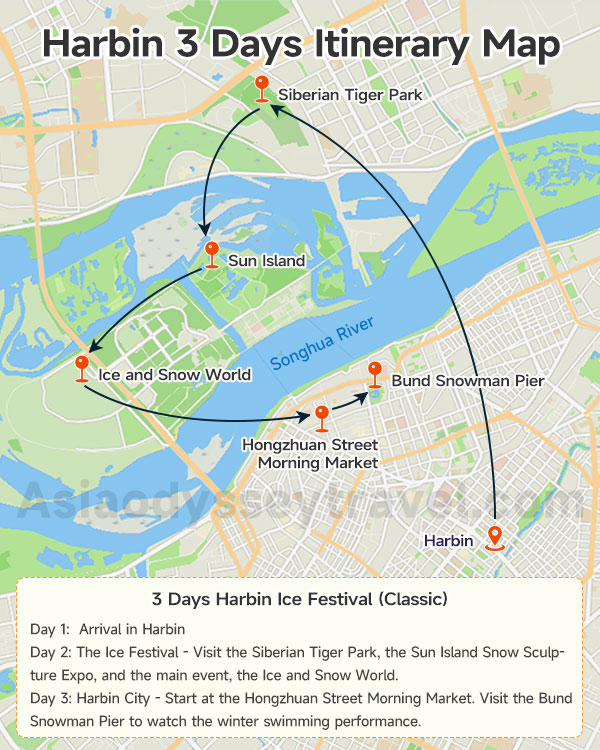
Day 1: Arrival in Harbin
Day 2: The Ice Festival - Visit the Siberian Tiger Park, the Sun Island Snow Sculpture Expo, and the main event, the Ice and Snow World.
Day 3: Harbin City - Start at the Hongzhuan Street Morning Market. Visit the Bund Snowman Pier to watch the winter swimming performance.
Explore Saint Sophia Cathedral, walk down Central Avenue to Stalin Park, and see the unique Chinese-Baroque architecture in the Laodaowai district.
Itinerary 2: 5 Days Harbin & China Snow Town
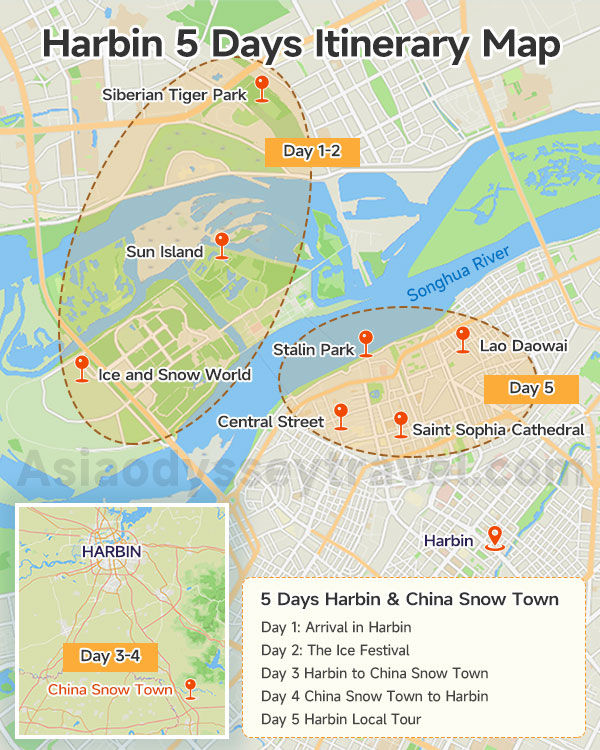
This 5-day adventure combines Harbin's festival highlights with the fairytale charm of China Snow Town.
You'll experience the massive ice sculptures and city sights, then journey to the picturesque snow village for an overnight stay, creating a truly immersive and unforgettable winter journey.
Day 1: Arrival in Harbin
Day 2: The Ice Festival (Siberian Tiger Park, Sun Island Snow Sculpture Expo, Ice and Snow World )
Day 3 Harbin to China Snow Town (Snowy Street, Observation Deck)
Day 4 China Snow Town to Harbin (Sunrise, Dream Home)
Day 5 Harbin Local Tour (Winter Swimming Show, Saint Sophia Cathedral, Stalin Park, Central Street, Lao Daowai)
Harbin Itinerary: 3-7 Day Itinerary Ideas (Ice Festivals Itinerary Included)
Harbin Ice Fetivals Tickets & Cost (Book It in Advance)
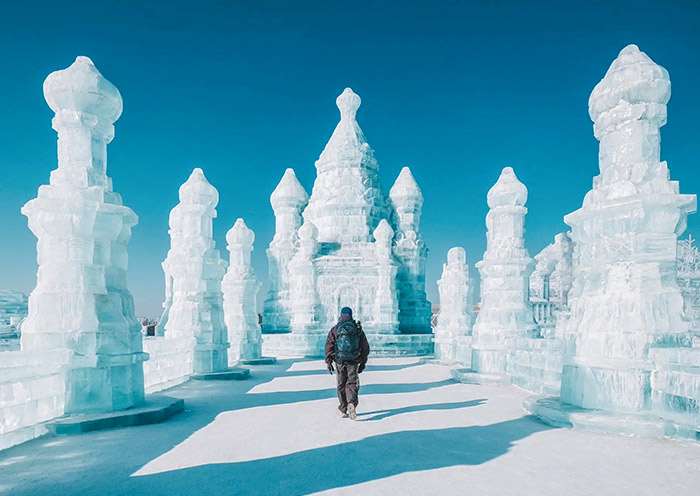
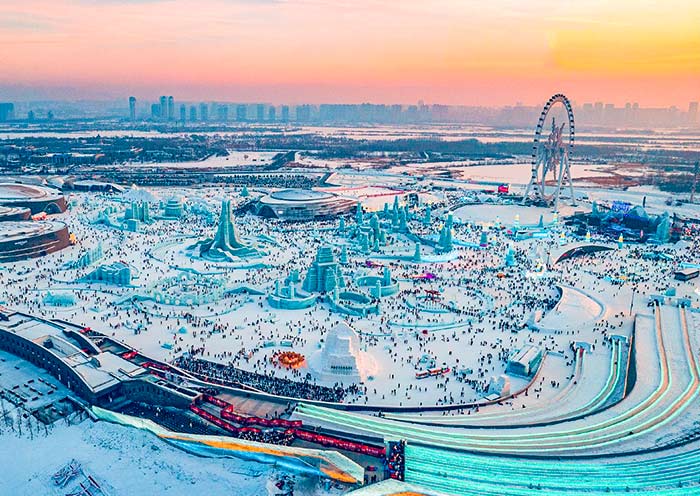
| Attractions | Entry Fee |
|---|---|
| Harbin Ice and Snow World | 328 RMB/person |
| Sun Island | 198 RMB/person |
The Harbin Ice Festival can be a bit expensive, especially the main venues. Planning your budget in advance is a good idea.
Harbin Ice and Snow World Ticket: This is the most expensive ticket. Expect the price to be around ¥328 CNY (about $45-50 USD) per person.
Sun Island Snow Sculpture Park Ticket: This is usually a bit cheaper, around ¥240 CNY (about $30-35 USD).
Other Costs: Remember to budget for transportation (taxis), food, and your hotel.
How to Book Tickets
You can buy tickets at the entrance to the parks, but the lines can be long. The easiest way is often to ask travel agency like Asia Odyssey Travel to help you book them or to go with a small local tour group, as their guides can get the tickets for you.
What is a Realistic Daily Budget?
A good estimate for a mid-range traveler is around ¥800 - ¥1,200 CNY ($110 - $170 USD) per person, per day.
This budget would comfortably cover your main festival tickets for one day, three meals, local transportation (taxis), and your share of a comfortable mid-range hotel. This does not include your flight or train to Harbin.
If you are looking to save some money during the peak season, booking a group tour can be a great idea. Take a look at the Harbin group tour packages offered by Asia Odyssey Travel.
How to Survive for Cold Weather: Packing Tips for Harbin Ice Festival
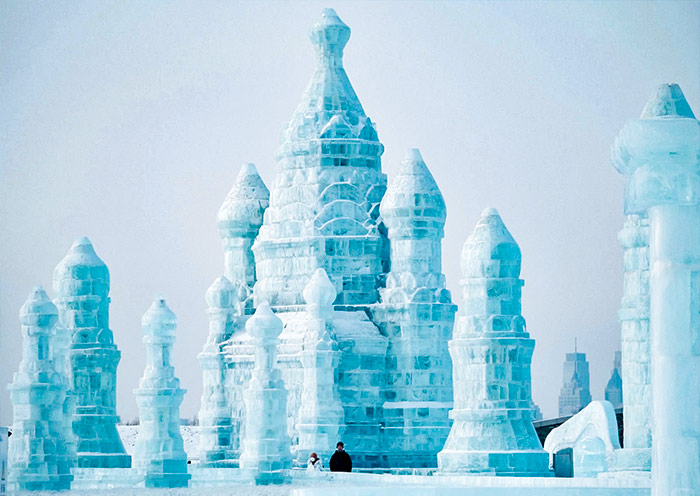
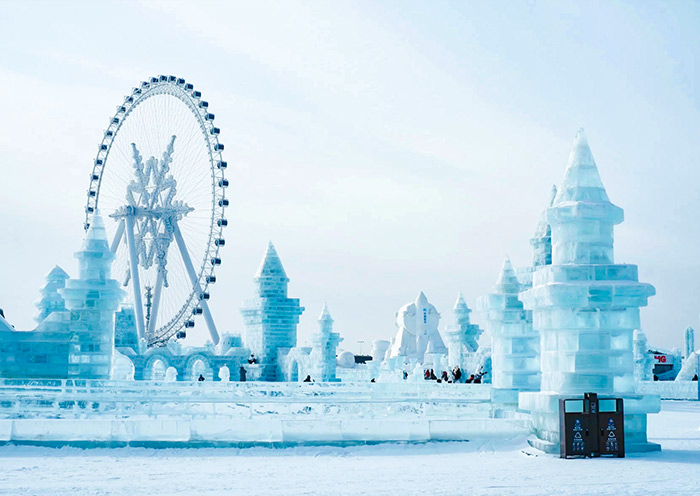
This is probably the most important part of your planning. Harbin in the winter is seriously cold. Temperatures of -25°C (-13°F) are normal, and it can feel even colder with the wind. But if you dress properly, you will be perfectly comfortable.
properly.
| Clothing Layer | What to Wear |
|---|---|
| Base Layer | Thermal Underwear (Top & Bottom) |
| Mid Layer | Fleece Jacket or Wool Sweater |
| Outer Layer | Waterproof & Windproof Parka |
| Pants | Insulated Ski/Snow Pants |
| Feet | Two Pairs of Socks (Liner & Wool) |
| Boots | Warm, Waterproof Winter Boots |
| Head | Warm Hat (that covers your ears) |
| Hands | Insulated Gloves or Mittens |
| Face | Scarf or Neck Gaiter/Buff |
Start with base layers. Use synthetic or merino wool thermals. Bring two sets so you can wash and dry one while wearing the other.
Add insulating layers. Fleece or down works best. You want air pockets that trap heat. A down vest under your jacket adds significant warmth without bulk.
Your outer jacket must be serious. Look for ratings of -30°C or lower. It needs to be windproof – wind makes -20°C feel like -35°C. Hip-length beats waist-length for warmth.
Protect your extremities. Bring two pairs of gloves – thick mittens over thin liner gloves. Your feet need wool socks (never cotton) and boots rated for extreme cold. Chemical toe warmers save the day.
Cover your face. A balaclava or face mask prevents frostbite. Your nose and cheeks are most vulnerable. Scarves work but ice up from your breath.
Getting to Harbin: The Routes That Actually Work
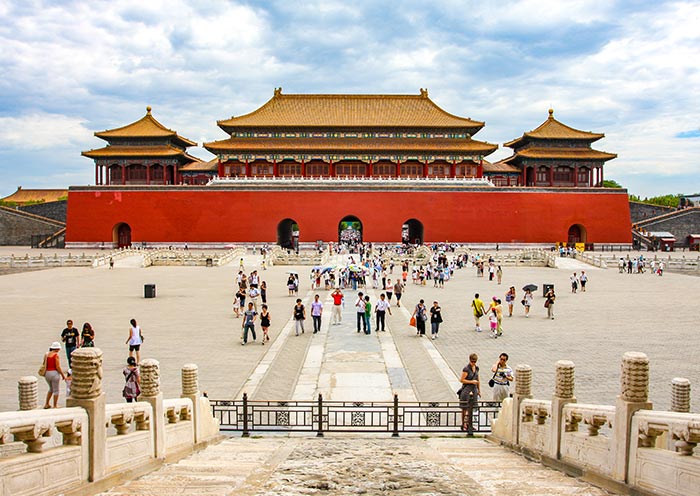
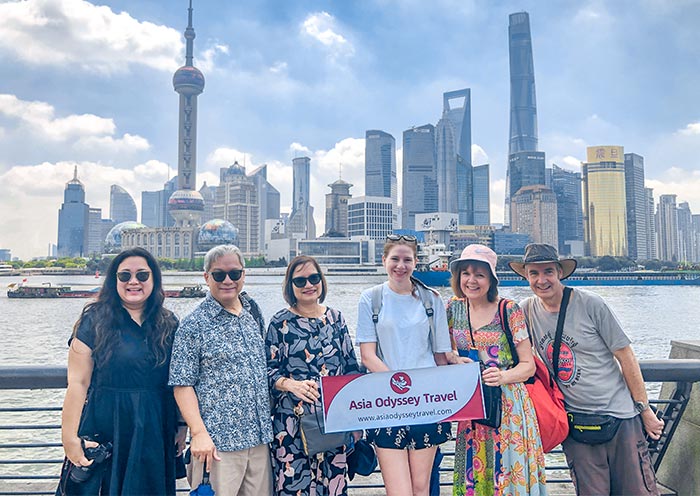
From Beijing or Shanghai to Harbin
International visitors rarely fly direct to Harbin. Only Seoul, Tokyo, Vladivostok, and Los Angeles offer direct routes. Everyone else connects through Beijing or Shanghai.
Beijing makes the most sense. Flights take just two hours and run frequently. The high-speed train from Beijing takes 6-8 hours but offers advantages. Tickets cost ¥560 ($80) – cheaper than flying.
From Harbin to Ice and Snow World
From Harbin airport, it’s about a 45-60 minute taxi ride to the city center. The new Metro Line 2 connects the airport to Ice and Snow World directly. It's cheap (¥5) but slow with luggage. Trains run until 9 PM only.
Beijing to Harbin High Speed Train Schedules, Time, Tickets & Price
Shanghai to Harbin High Speed Train, Shanghai to Harbin Bullet Train
Where to Stay in Harbin During Ice & Snow Festival
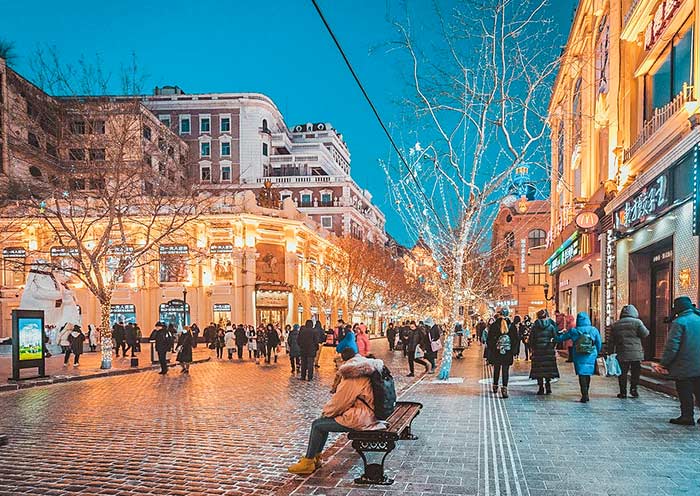
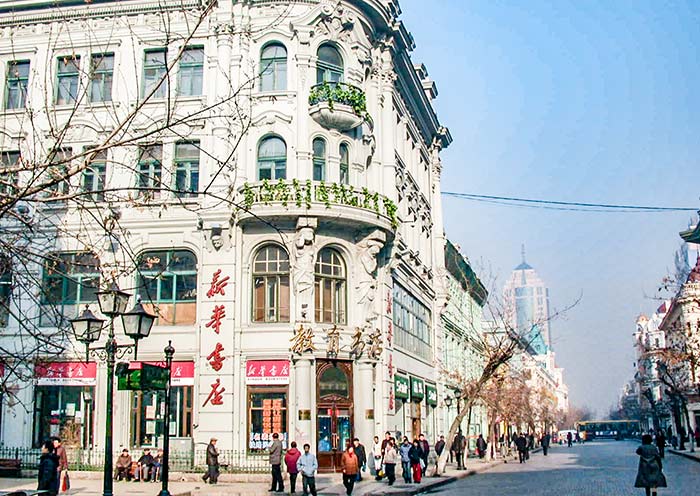
The best place to stay is near the city center, on the south side of the river. This gives you easy access to restaurants, shops, and the free attractions.
Near Central Street (Zhongyang Dajie): This is the perfect location for first-time visitors. You can walk to restaurants and the free ice sculptures, and it’s easy to get a taxi to the main festival venues. There are many great hotels here, from international brands like the Shangri-La to cozy boutique hotels.
Near Zhaolin Park: This area is also very central and convenient.
It’s best to book your hotel far in advance, especially if you are traveling during the peak season, as the best places fill up fast.
Where to Stay in Harbin, China: 7 Best Accommodation Areas 2025
What to Eat (And Where to Find It)?
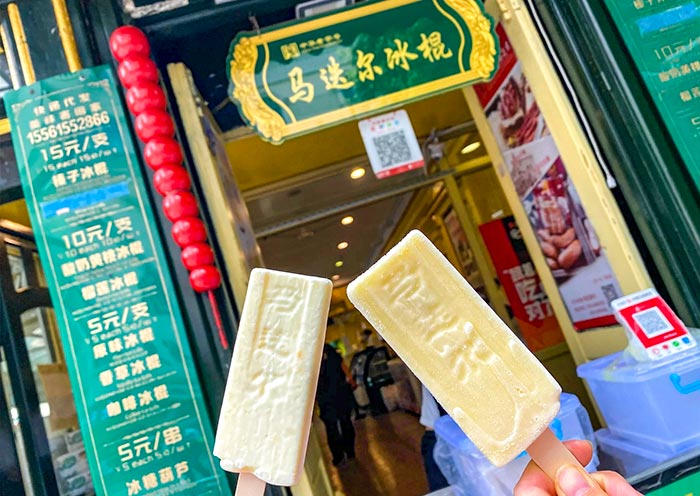
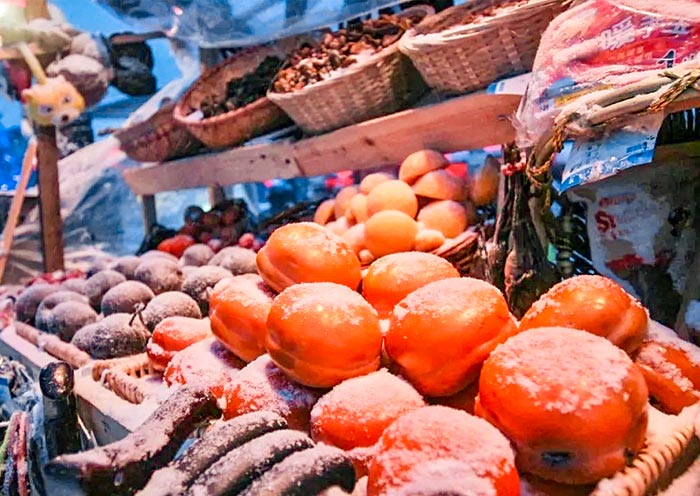
Harbin's food fights the cold from inside out. Heavy, hearty dishes dominate menus. Your body needs extra calories in extreme cold, so diet concerns disappear here.
Start with Harbin's famous red sausages. These garlicky, smoky sausages have over 100 years of history. Buy them at Churin Company on Central Street. Vacuum-packed ones make great souvenirs.
The "Eight Great Stews" define local cuisine. Chicken with mushrooms, pork with vermicelli noodles, beef with potatoes – these dishes warm your bones. Lao Chu Jia restaurant serves authentic versions at local prices.
Russian influence appears everywhere. Real borscht, beef stroganoff, and black bread fill you up. Café Russia on Central Street balances authenticity with tourist-friendly service.
Street food thrives despite the cold. Candied haw berries on sticks, roasted sweet potatoes, and lamb skewers provide quick warmth. The Muslim Quarter offers excellent lamb and beef dishes.
Photography Secrets: How to Capture Magic (Not Disappointment)
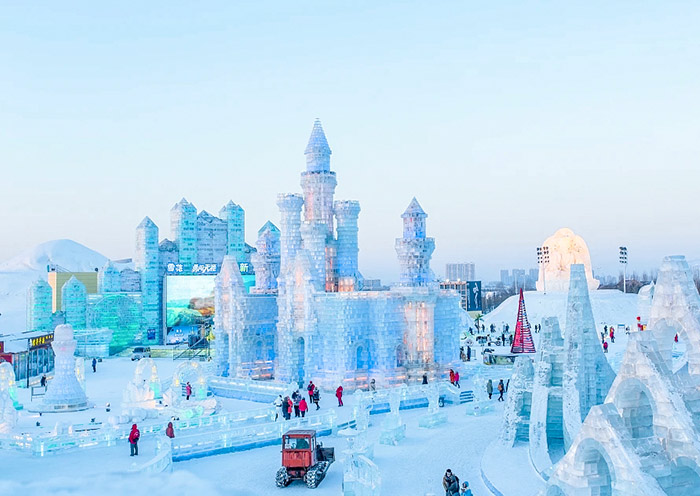
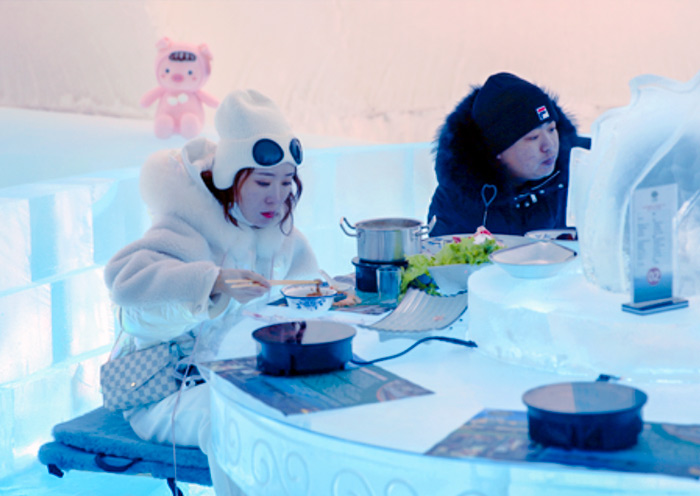
Beat the Cold: The extreme cold drains batteries fast. Keep your phone and a spare power bank in an inside pocket, close to your body heat. Also, your lens will fog up when you go outside; bring a small cloth to wipe it clean.
Shoot at the "Blue Hour": For the most magical photos of the ice sculptures, shoot just after sunset when the sky is a deep blue but the sculpture lights are on. This "blue hour" provides a stunning contrast.
Instead, let the internal lights of the sculptures illuminate your photos. Try shooting from a low angle to make the castles and towers look even more massive.
How to Plan a Trip to Harbin: 8 Step Trip Plan (2026)
Explore Harbin with Your Local China Guide - Asia Odyssey Travel
Explore Harbin's winter wonderland with Asia Odyssey Travel! As a local travel company with offices across China in Beijing, Chengdu, Guilin, and Lhasa, our on-the-ground expertise ensures you get a seamless and authentic travel experience.
We are here to help you enjoy the best of Harbin's magical Ice Festival and the stunning landscapes of Northeast China.
Our Harbin & Winter Tours at a Glance:
✅ Harbin Tours: Discover our best tour packages.
✅ Harbin Ice Festival Tours: Experience the magic of the world's largest ice festival.
✅ Harbin Tour Packages from Malaysia: Special trips for Malaysian travelers.
✅ Harbin Tour Packages from Singapore: Curated journeys for Singaporean visitors.
✅ Harbin Tour Packages from Philippines: Exclusive winter trips for Filipino travelers.
✅ Northeast China Tours: Explore beyond Harbin into the wider region.
✅ China Winter Tours: See all our incredible winter destinations.
Contact us now to start planning your dream winter trip to Harbin.
